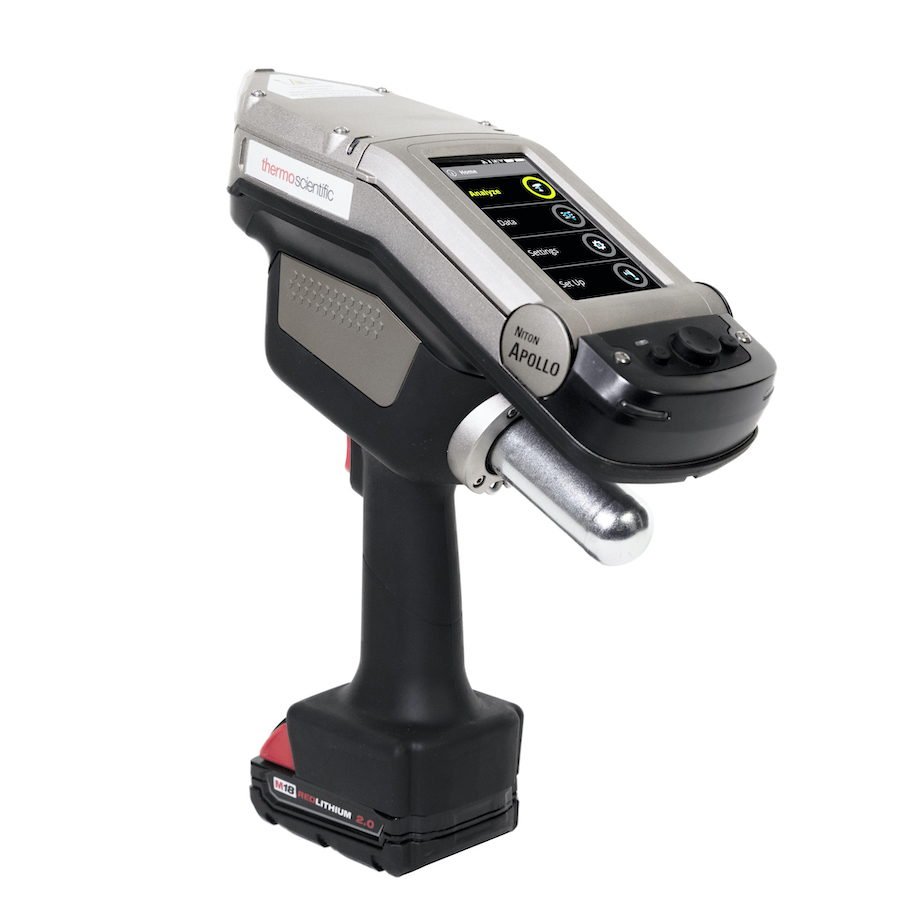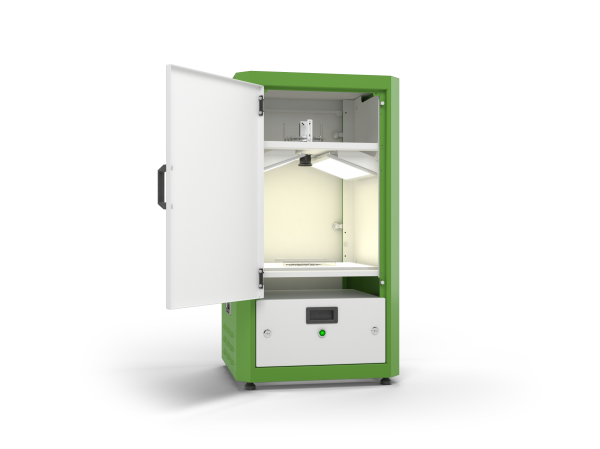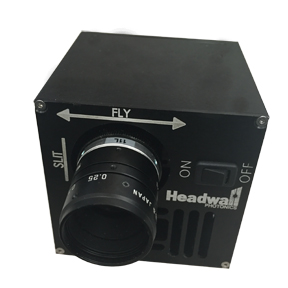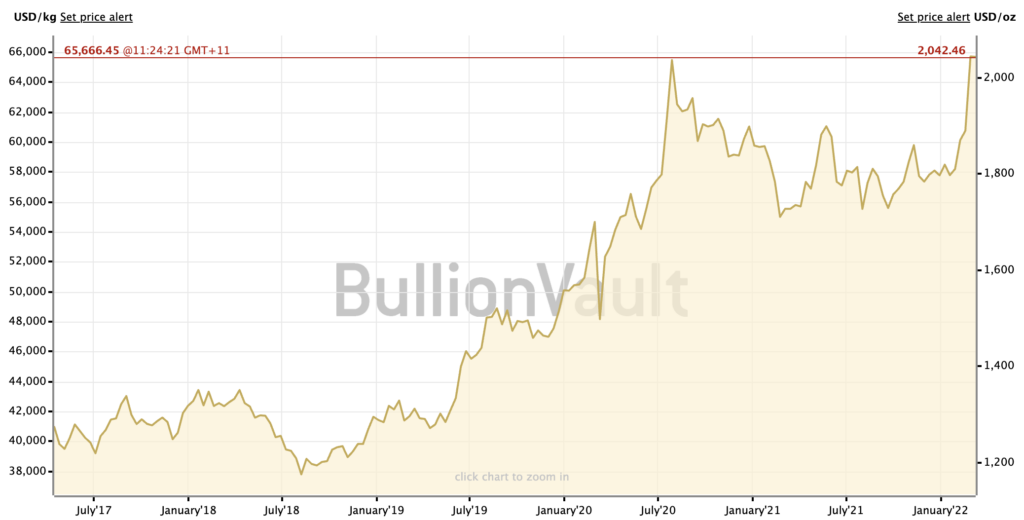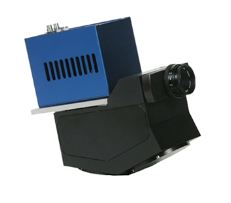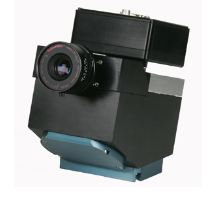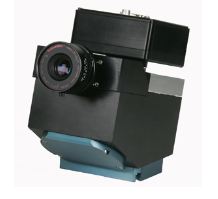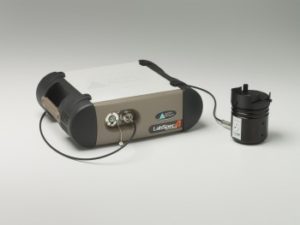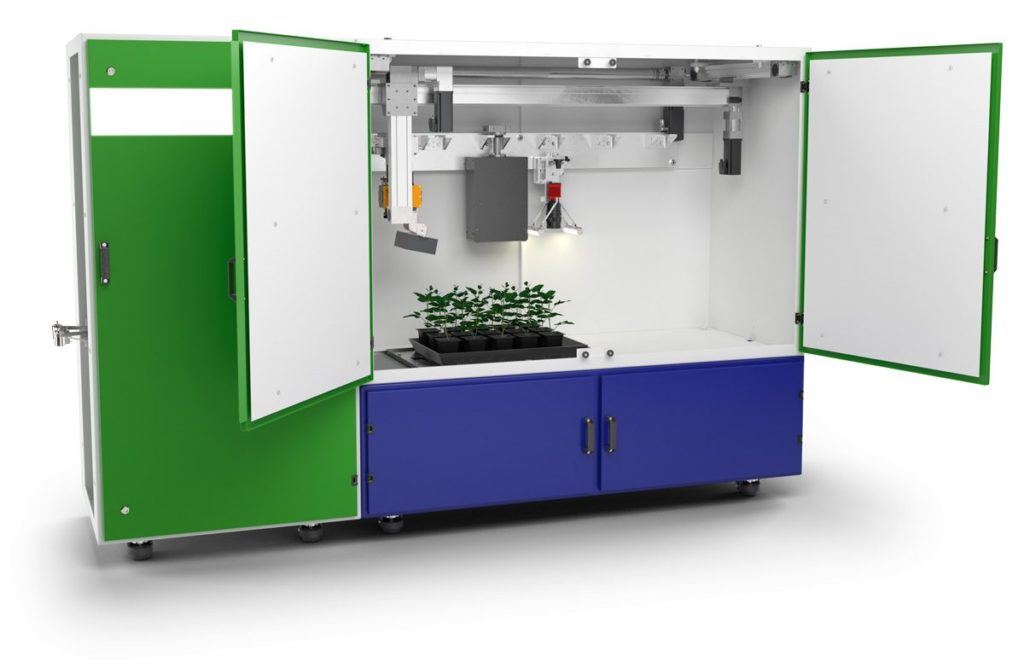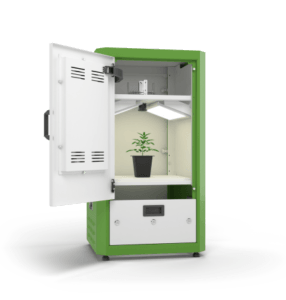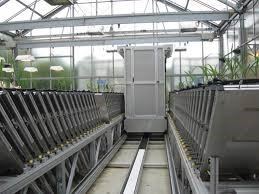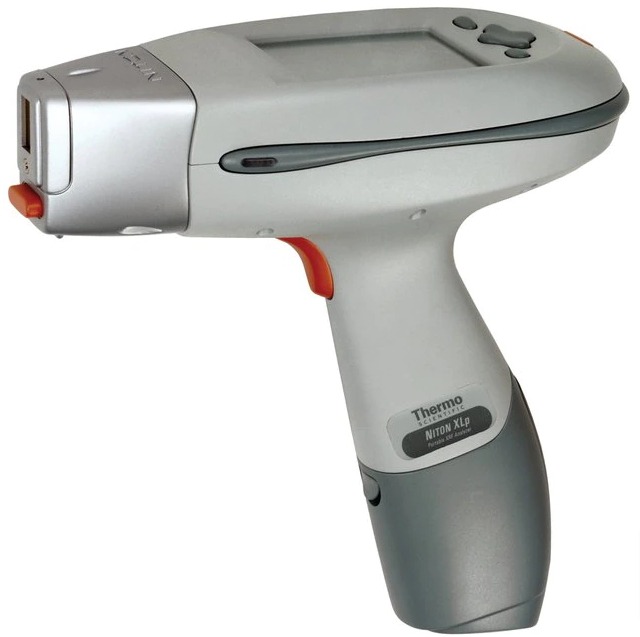Don’t Paint Yourself Into A Corner – The Safest Way To Test For Lead
There is toxic lead all around us due to historical industrial processes, plus the old lead-based paints used in residential buildings and in industrial applications.
There are three ways to test for lead in paint: X-ray fluorescence, laboratory analysis and chemical test kits.
However, the NSW Environmental Protection Agency (EPA) promotes XRF methods and laboratory analysis as best practices for accurate testing for lead in paint.
It found chemical test kits can’t differentiate between lead-based paint and other paint accurately, and can’t be trusted to measure the extent of lead-based paint on a surface.
How XRF Works In Lead Paint Detection And Analysis
XRF instruments measure the amount of lead on a painted surface by exposing the surface to high-energy radiation (gamma rays in this case).
The radiation causes lead to emit x-rays at a characteristic frequency.
The intensity of the rays is measured by the instrument’s detector and converted to a number that represents the amount of lead per unit area (usually in milligrams per square centimetre).
Operators of XRF machines require special training, which is provided by PAS.
By using the XRF instrument, the amount of lead in paint, both surface and buried can be determined immediately.
There is no damage to the painted surface during the test.
In cases of inconclusive measurements or irregular surfaces, a laboratory analysis of paint chip samples is recommended. XRF readings tell how much lead is beneath the surface.
Results are reported in milligrams per square centimetre. If the reading is greater than 1 milligram per square centimetre (1.0 mg/cm2), then the surface is considered a lead surface. Usually more than one XRF reading is taken for a surface. The average of those readings is the result.
The Niton™ XLp-300 Series XRF Analyser
The detection and remediation of environmental contaminants from industrial and mining operations is a global challenge.
When versatility, low limits of detection and high sample throughput are critical, industrial businesses rely on the handheld Niton™ XLp-300 Series XRF Analyser.
Perform elemental analysis for residential lead paint testing and measure environmental contaminants in consumer goods, helping public health and environmental professionals pinpoint the lead’s location.
Identify the sources of isotope-based contamination and confirm that clearance criteria have been achieved after abatement.
Utilise the Niton™ XLp-300 Series XRF Analyser to collect and analyse site samples to meet risk screening assessment requirements.
- Analyse samples in situ, while providing information on heavy metal contaminates.
- Detect RCRA metals, pollutants and analytes with fast, legally defensible results.
- Achieve instant results at a fraction of the time and cost of off-site lab testing.
Use of the Niton XLp-300
The Standard Mode icon allows you to select the Lead-in-Paint Standard Mode. Standard Mode is a qualitative analysis designed for a 95% confidence level as to whether the sample is above or below the Action Level. This mode tends to give very fast readings. as it terminates the test as soon as 95% confidence has been achieved.
The K+L Mode icon allows you to select the Lead-in-Paint K+L 28 Proprietary & Confidential Mode. K+L Mode is a quantitative analysis that allows you to determine the statistical confidence of the reading to a 95% Confidence Level while allowing you the flexibility of continuing the test for as long as you wish up to the (user-definable) maximum test time.
Does My Property Have Lead Paint?
The older the paint in your house, the higher the risk it contains lead.
The majority of homes in Australia built before 1970 contain lead paint (with lead content as high as 50% in most cases).
For homes built in Australia between 1970 and 1997, lead levels in paint were allowed to be up to 1%. This remains a substantial amount. As a point of reference, the acceptable lead content in the USA has been reduced from 0.006% back in 1978 to 0.0009% in 2009.
Since 2010, paints in Australia have been completely banned from adding lead (and is still limited to 0.1% and 0.2% for zinc-based paints).
Attempting to disturb old paint coatings if small amounts of lead are present can result in serious health risks, both to the occupant(s) and to any contractors.
What If There’s Lead Paint On Your Property?
Your hazardous materials survey may be outdated if you were in business and a previous survey found no lead paint on your premises.
According to new standards, lead-containing paint will now be considered to be paint with a concentration of less than 1% but greater than .1%.
The risk of lead paint is reduced or controlled temporarily if you test for the presence of lead paint inside or outside your property.
Painting over chipping or peeling lead-based paint does not make it safe. You must first safely remove it before repainting.
Enlist a certified lead abatement contractor to eliminate lead paint hazards. For lead hazards to be permanently removed, either the paint must be removed or special materials must be sealed or enclosed.
Lead-Based Paint Inspection
Lead-based paint is identified during an inspection of any interior or exterior surface. You can use it when you’re doing a renovation, painting, or having paint removed.
An inspector will examine every surface within and outside of the house, including surfaces covered in wallpaper.
Samples are evaluated with a portable XRF device to determine whether the paint contains lead without damaging it, and it is a fast and accurate method of identifying whether it contains lead or not.
Should the test results not be conclusive, samples of paint can be removed and sent for laboratory analysis.
People Renovating Their Houses Are In The Most Danger
Home renovators may not be aware that they are creating lead hazards. It is possible for old paint chips and lead dust to remain in the garden for years after the work is completed if it is not properly handled.
By using blasting, burning, dry scraping, dry sanding, and power tools to remove paint, the particles become too small to be properly removed. They also get deposited on furnishings or carpets, making complete removal almost impossible.
The Dangers Of Lead Paint
What’s the problem with lead-based paint?
Lead is a heavy metal poison that accumulates in the body.
Paint dust, paint flake or paint waste contains hazardous levels of lead, which when swallowed or inhaled can be very harmful to humans.
Children, pregnant women or nursing mothers should be kept well away from surfaces or areas where lead paint is being disturbed and any contact with lead paint dust and debris should be avoided.
Aging flaking paint, airborne dust particles from sanding, or smoke produced from burning it off are the foremost causes of lead poisoning in homes.
Elevated lead levels in the blood and accumulation of the toxin in the body left untreated can result in brain damage or death.
If exposure to lead has occurred or is suspected, then see a doctor for a blood test to determine what action is needed.
What Regulations Apply To Lead Paint?
Councils are given the authority to prevent pollution caused by lead hazards under the Protection of the Environment Operations Act 1997. The Government can issue a prevention notice to anyone acting in an environmentally hazardous manner.
There is a fine for failing to comply with the following clauses in the Work Health and Safety Regulation 2017:
- “A person conducting a business or undertaking at a workplace must assess each lead process carried out by the business or undertaking at the workplace to determine if lead risk work is carried out in the process.”
- “A person conducting a business or undertaking at a workplace must ensure, so far as is reasonably practicable, that contamination by lead is confined to a lead process area at the workplace.”
- “A person conducting a business or undertaking at a workplace must ensure that any measures implemented to control health risks from exposure to lead at the workplace are reviewed and as necessary revised.”
What Is Being Done By The Government?
The Department of the Environment has produced the booklet Lead Alert – The Six Step Guide to Painting Your Home (PDF).
Governments aim to control the amount of lead going into the environment by:
- Limiting the amount of lead in domestic paints – since December 1997 the limit has been 0.1 per cent;
- Placing controls on the disposal of lead-contaminated waste; and
- Informing home renovators and professionals about the dangers of paint containing lead, and providing advice on the safest way to deal with it.
PAS provides leading lead paint analysis solutions and support. For more information specifically on the Thermo Fisher Scientific Niton™ XLp-300 Series XRF analyser, or our full range of products and how they can help your business, please give us a call today.
